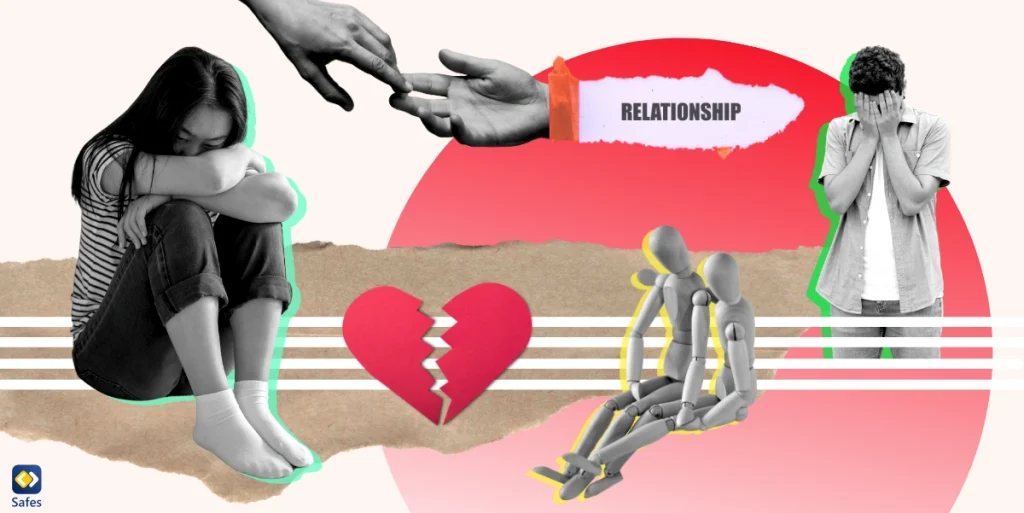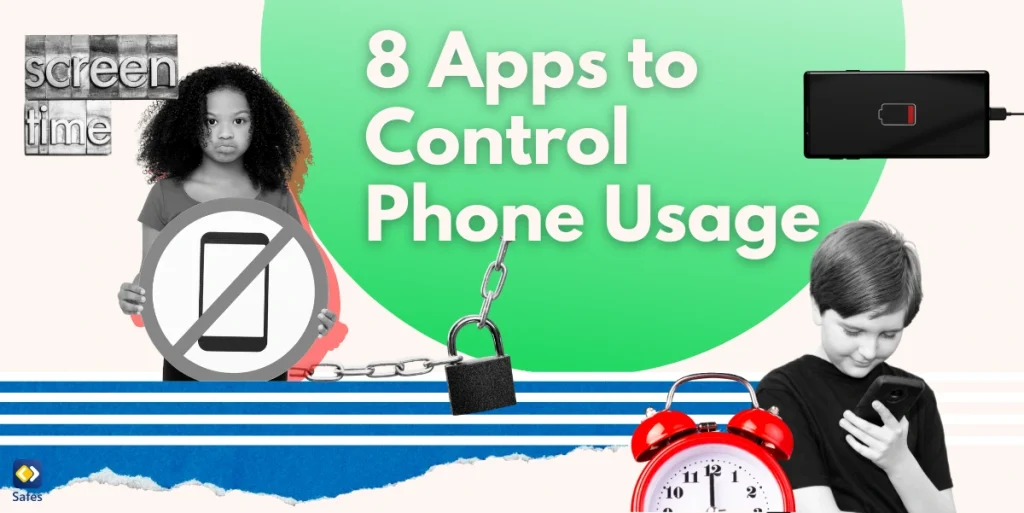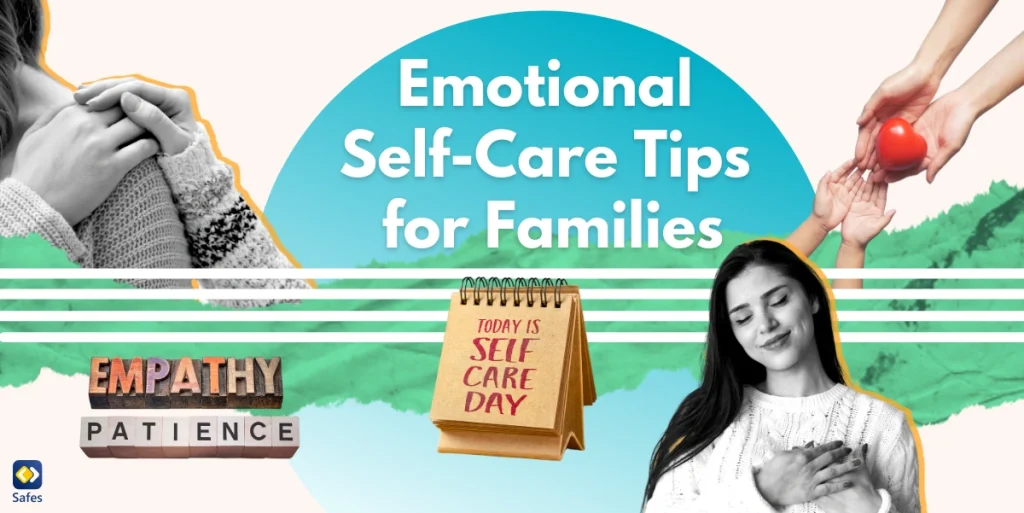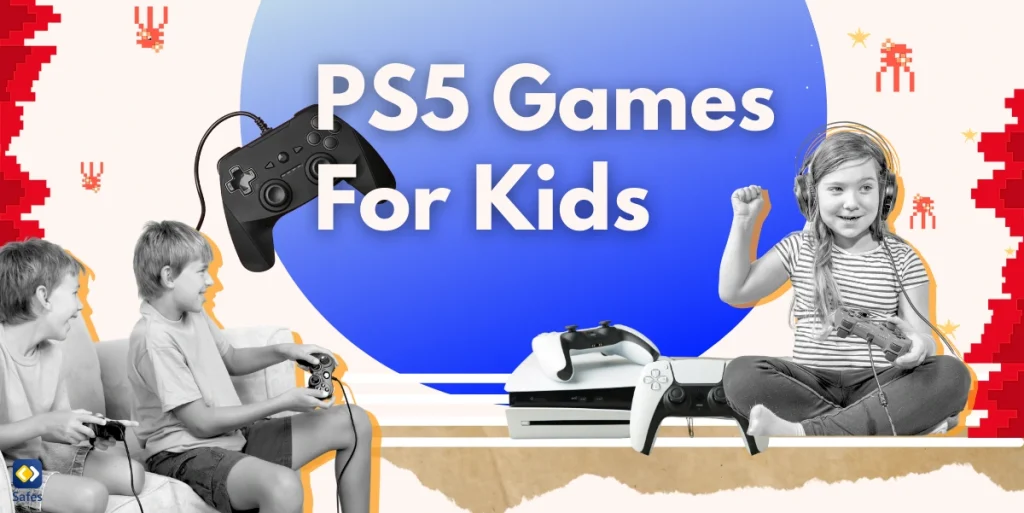According to the British Psychological Society, “The US-based National Longitudinal Study of Adolescent Health (Add Health) found that over 80 percent of those aged 14 years and older were or had been in a romantic relationship.” Teenage relationships are filled to the brink with emotions which makes them quite an addictive experience though damaging. But as most relationships do, teenage relationships end up in breakups. Helping your child navigate teenage breakups with grace requires a great deal of understanding from you. In this blog post, we’ll explore how breakups can leave your child vulnerable to mental health issues and how you can help them stay safe throughout the process of healing.
Download and Start Your Free Trial of the Safes Parental Control App
Understanding Teenage Breakups
To understand what to say after a breakup between teenagers, we first have to understand what teenagers go through when they breakup. There are two main factors that need to be taken into account:
-
Intense Emotions
Teenagers are known to experience emotions much more passionately compared to adults. Even in grown responsible adults, breakups can trigger a melting pot of emotions. Needless to say, in teenagers, this is much more easily triggered and can be difficult for them to navigate and understand such as through labeling their emotions. This means they might need you to emotion coach them while healing from their breakup.
A 2016 study that used a sample of 4019 counseling sessions with adolescents dealing with problems in their relationships, categorized the adolescents into having problems in one of the following three stages: initiating a relationship, maintaining or repairing a relationship, and post-relationship concerns (including teenage breakups). According to the study’s results, “Mental health issues were most prevalent in the dissolution stage,” meaning after a breakup. The same held true for issues such as self-harm and suicidal ideation which were more prevalent after teenage breakups than in other stages of the relationship.
-
Identity and Self-Discovery
Teenagers aren’t adults yet and though this seems to be an obvious statement, it’s easy to forget. At that stage, they’re constantly trying to discover and rediscover themselves while also gaining experience which can be worthwhile in the long run, especially in the relationships they will have when they are adults. Encouraging teens to focus on their personal growth and interests outside of the relationship can be crucial in rediscovering themselves.

How Should Teenagers Deal With Breakups?
These coping strategies are a few ways we think are best for teenagers to deal with breakups.
- Expressing Emotions: Whether it’s through journaling, talking to friends, or seeking professional help if they experience executive dysfunction and anxiety, encourage your child to express their emotions and label them.
- Healthy Distractions: Having distractions, especially using healthy activities such as playing sports or spending time with friends can partially help take your child’s mind off their breakup.
- Self-Care: If you see signs of an insecure teenager, remind them of the importance of self-care. Taking care of their physical and mental well-being, such as getting enough sleep, eating well, and exercising, can significantly contribute to their overall emotional resilience.
What Your Teenager Can Learn After a Breakup
Though it’s not a good idea to start giving advice right after your teenage child has gone through a breakup, as time goes by, you can start to help your child reflect on what happened and see what they’ve learned as experience that can help them go forward. It’s similar to, yet much less tense than talking to teenagers about death.
- Reflecting on the Relationship: Encourage adolescents to think about the positive qualities of their relationship and the lessons they have gained. This reflection can help individuals get insights into what they value in future relationships and how to handle healthy breakups more effectively.
- Building Resilience: Every relationship is different but building resilience is a universal takeaway from every relationship. Whether there has been teen dating violence, or it’s been a loving relationship, experience equals resilience and that’s the full half of the glass when it comes to breakups.

How Involved Should You Be in Your Teenager’s Life?
Many factors influence how involved you should be in your teenager’s life. For example, how old your teenager is, whether they have a smartphone or not, your child’s unique personality, and other factors. Though the question is a subjective one, there are guidelines for being involved in your teenager’s life that we can help you with. Use these guidelines to see how involved you are in your child’s life and whether it’s too little, too much, or just enough.
Open Communication
It is critical to keep lines of communication open. Parents should aim to establish an environment in which teenagers may express themselves freely and without fear of being judged. Regular chats about school, friendships, and personal experiences may keep parents up to date on their teen’s life.
Respect for Independence
Teenagers are at a period in their lives when they want greater freedom and autonomy. It is critical that parents accept this natural developing process. Allowing teens to make certain decisions on their own, within reasonable limits, can help them develop a feeling of responsibility and self-reliance.
Setting Boundaries
Parents should set clear and fair boundaries while allowing liberty. These limits assist safeguard the safety and well-being of the teenager. Negotiating and addressing these limits with others can create collaboration rather than imposition.
Being a Supportive Presence
Teens need to know that their parents are always available to them, ready to offer advice and support when required. Being a constant and supporting presence in their life contributes to the development of trust and a solid parent-teen connection.
Monitoring Online Activities
Given the proliferation of digital technology, parents must be mindful of their adolescents’ online activity. While maintaining privacy, regular monitoring may help create a secure online environment and facilitate talks about responsible internet usage. A great way to monitor your child’s online activities is to use a parental control app like Safes. With Safes, you can limit their screen time, and block inappropriate websites and keyword web searches. You can also manage other aspects of your child’s digital activities. To try it out, feel free to download it on iOS, Android, Windows, and MacOS devices now. Sign up for a free trial with Safes to support your child through this difficult time.
Conclusion
In conclusion, parenting teens is striking a balance between being helpful and allowing them space. The need for open communication, clear limits, and supporting their independence cannot be overstated. It’s about listening, mentoring, and letting them make their own judgments. Striking this balance strengthens the parent-teen bond while also preparing them for the challenges of puberty. It is a practical journey of development and understanding that creates the groundwork for a long-lasting bond between parents and their teenagers.
Your Child’s Online Safety Starts Here
Every parent today needs a solution to manage screen time and keep their child safe online.
Without the right tools, digital risks and excessive screen time can impact children's well-being. Safes helps parents set healthy boundaries, monitor activity, and protect kids from online dangers—all with an easy-to-use app.
Take control of your child’s digital world. Learn more about Safes or download the app to start your free trial today!




